
Edward Winter
‘Goal oriented oppositionally paired dualities’ are certainly enjoyed by our readers, whether they realize it or not. In plain English, the term means ‘games’, but not all authors seem capable of writing plainly. Below is a selection of pretentious and trite passages about our beloved duality.
In C.N. 559 William Hartston (Cambridge, England) presented this quote from a 1960 paper by Dr Félix Martí Ibáñez:
‘To checkmate the opponent’s king in chess is equivalent to castrating and devouring him, becoming one with him in a ritual of symbolic homosexualism and cannibalistic communion, thus responding to the remnants of the infantile Oedipus complex.’

The leading purveyor of psycho-bosh is, of course, Reuben Fine, an individual whose output has often been discussed in Chess Notes. However, an unsung hero in the domain is Cary Utterberg, the author of The Dynamics of Chess Psychology (Dallas, 1994). The following passage from page 106 is wholly typical:
‘All this may be summed up by the hypothesis that Lasker had achieved an existential recognition of strategic masking – that he unconsciously sensed the inadequacy of maintaining the inelastic outlooks characteristic of both idealism and skepticism.’
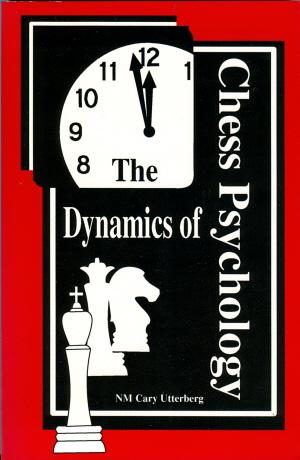
It is, though, Reuben Fine’s influence which has endured. His stature was underscored in C.N. 2832, an item entitled ‘Platitudes on war/war on platitudes’ about a book which is notable, above all, for triteness. The full C.N. article is reproduced below.
Our recent reading has included The Expression of Aggression in the Game of War Using Chess as a Bloodless Model by Eric Anton Kreuter (New York, 1991). To judge from the back cover, his qualifications for the task are two degrees (in business administration and psychology) and a track-record of having ‘authored several articles on such subjects as time management and employee motivation’.
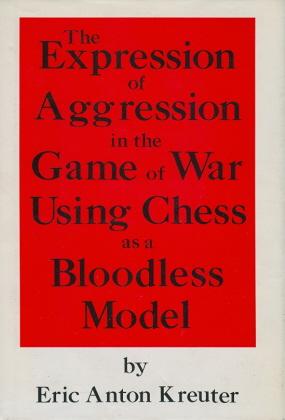
The book’s introduction states: ‘To better study aggression as it relates to the phenomenon of war, one could look to the game of chess for insights into this form of universal human behavior’. In so doing, Kreuter relies, heavily and ill-advisedly, on Reuben Fine’s The Psychology of the Chess Player and two or three other chess books, such as The Chess Sacrifice by Vuković (whom he calls ‘Uvokovic’). Armed with this mini-library, Kreuter sets down some stunning insights:
‘War is a contest between advocates of differing views; a conflict of interests which cannot be resolved using peaceful means and usually results in a victory on one side and a defeat on the other side with heavy casualties shared by both. Therefore war is a conflict; to wage war is to engage in a forceful attempt to overthrow the enemy and move in via a takeover or a surrender by the enemy.’ (Page 27)
‘In applying the description of war to chess, it must be emphasized that any substitute for war is only a true substitute if it occurs on a much smaller scale. Chess fulfills this requirement. Chess is also a contest between two sides. The player has an opponent whom he wishes to destroy (checkmate) and against whose attacks he must defend himself. It is indeed a conflict where there is a beginning, a struggle, and an end.’ (Page 30)
‘Chess playing requires a similar deployment of strategies and tactics as in war. Certain chess games result in stalemates due to either a passive playing style or too many equal sacrifices. Stalemated chess games, like prolonged, victor-less wars result from both sides’ inability or unwillingness to execute a more aggressive style of attack.
Perhaps the same killing inhibition which stops a chessplayer from waging an all-out attack on the chessboard is affecting the society which is unable to penetrate enemy forces sufficiently enough to result in the end of the war.’ (Page 45)
By now we have quoted from the book ‘sufficiently enough’, yet it may still be wondered why Kreuter dragged chess into his analysis. The explanation on page 7 shows that his heart is in the right place:
‘To study war completely the psychologist cannot be limited to the laboratory. It is equally impossible and morally reprehensible to create an actual war between two groups of people for the purpose of conducting a field study.’
Let us at least be grateful for that.
An ‘academic’ book almost impossible not to mock is A Concept of Dramatic Genre and the Comedy of a New Type: Chess, Literature, and Film by V. Ulea (Carbondale and Edwarsville, 2002). Indeed, we have devoted a feature article to it, sharing with readers such passages as:
‘The semiunconditional values of the pieces (such as queen 9, rook 5, bishop 3, knight 3, and pawn 1) appear as a result of the rules of interaction of a piece with the opponent’s king. All other conditions, such as starting conditions, final goal, and a program that links the initial condition to the final state, are not taken into account. The degree of conditionality is increased by applying preconditions, and the presence of all four preconditions fully forms conditional values.
Katsenelinboigen outlines two extreme cases of the spectrum of values – fully conditional and fully unconditional – and says that, in actuality, they are ineffectual in evaluating the material and so are sometimes replaced by semiconditional or semiunconditional valuations, which are distinguished by their differing degrees of conditionality. He defines fully conditional values as those based on complete and consistent linkages among all four preconditions. Accordingly, fully unconditional values are free of the preconditions; the introduction of the first preconditions, which is linked to the formation of the scale of positivity/negativity, results in the appearance of unconditional values. Semiconditional values are those based on some conditions, while semiunconditional values are formed by complete and consistent linkages between the rules of interactions, taking no other conditions into consideration.’

C.N. 2847 mentioned another particularly verbose book, King’s Knight The Metaphysics of Chess by James Nathan Post (Cottonwood, 1978). For an illustrative quotation we went no further than page 1:
‘Much of mankind’s activity seems to be devoted to participation in “games”, that is, goal oriented oppositionally paired dualities.’

A future article will pursue the theme. but with books on chess instruction. In anticipation, readers may care to ponder which chess writer was responsible for this:

Overblown writing may also appear, in less concentrated form, in the treatment of chess history. Authors with only a small reserve of facts (and thus not historians in any case) often seek refuge in pseudo-intellectual generalities. A tell-tale sign is excessive recourse to verbs like ‘echo’, ‘foreshadow’, ‘portend’, ‘symbolize’ and, especially, ‘adumbrate’. Such waffle will flow effortlessly (no research being needed), and practitioners of the broad sweep may even be hailed for profundity in some unthinking quarters. In C.N. 6381 we referred to ‘speed-readers duped by speed-writers’.
The above article originally appeared at ChessBase.com. The next article in the series (Chess Explorations 34) discussed not only Franklin Knowles Young but also the author of the two paragraphs in the final illustration above. They came from Chess Logic For Beginner and Master by B. Koppin, a 45-page booklet which appeared in the United States in 1949. C.N. 2613 (see page 391 of A Chess Omnibus) noted that C.J.S. Purdy was in cracking form when discussing (i.e. demolishing) it on page 43 of Chess World, 1 February 1950. He concluded with the observation: ‘It is well printed. But why was it printed?’
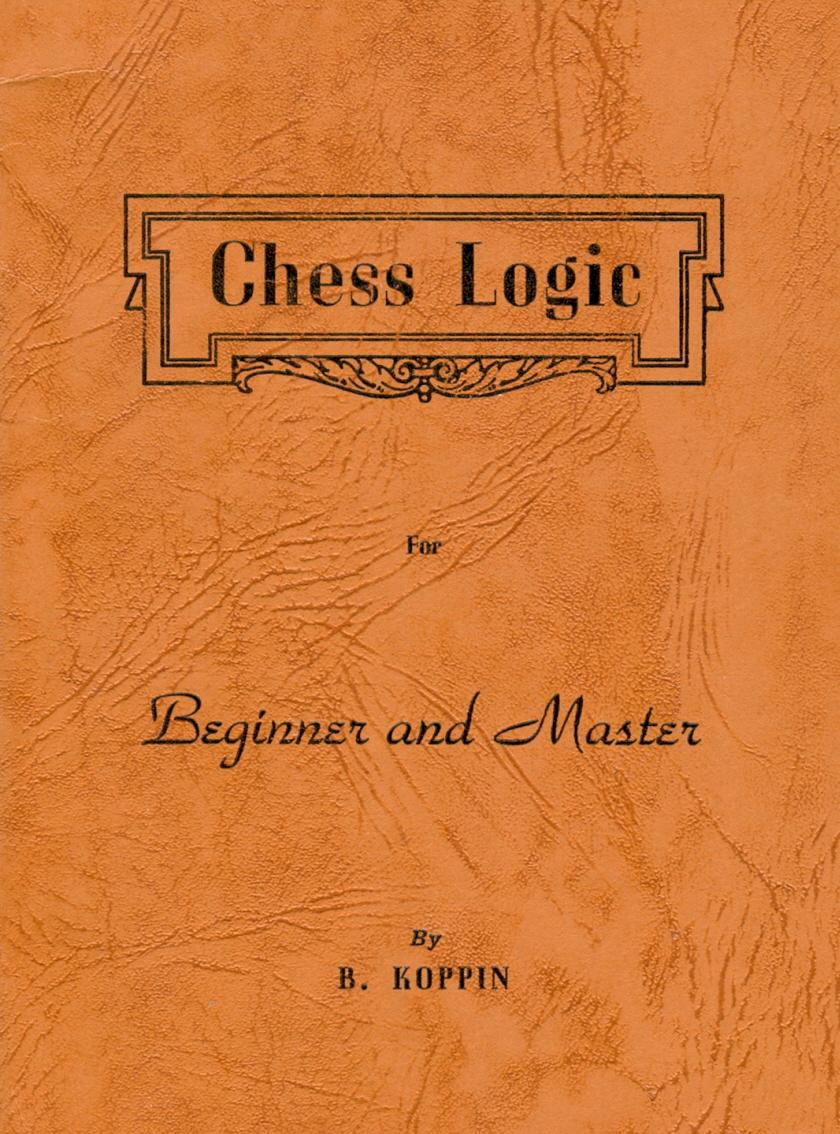
To illustrate what Koppin offered beginners and masters, three pages are shown below, without further comment or sneering:
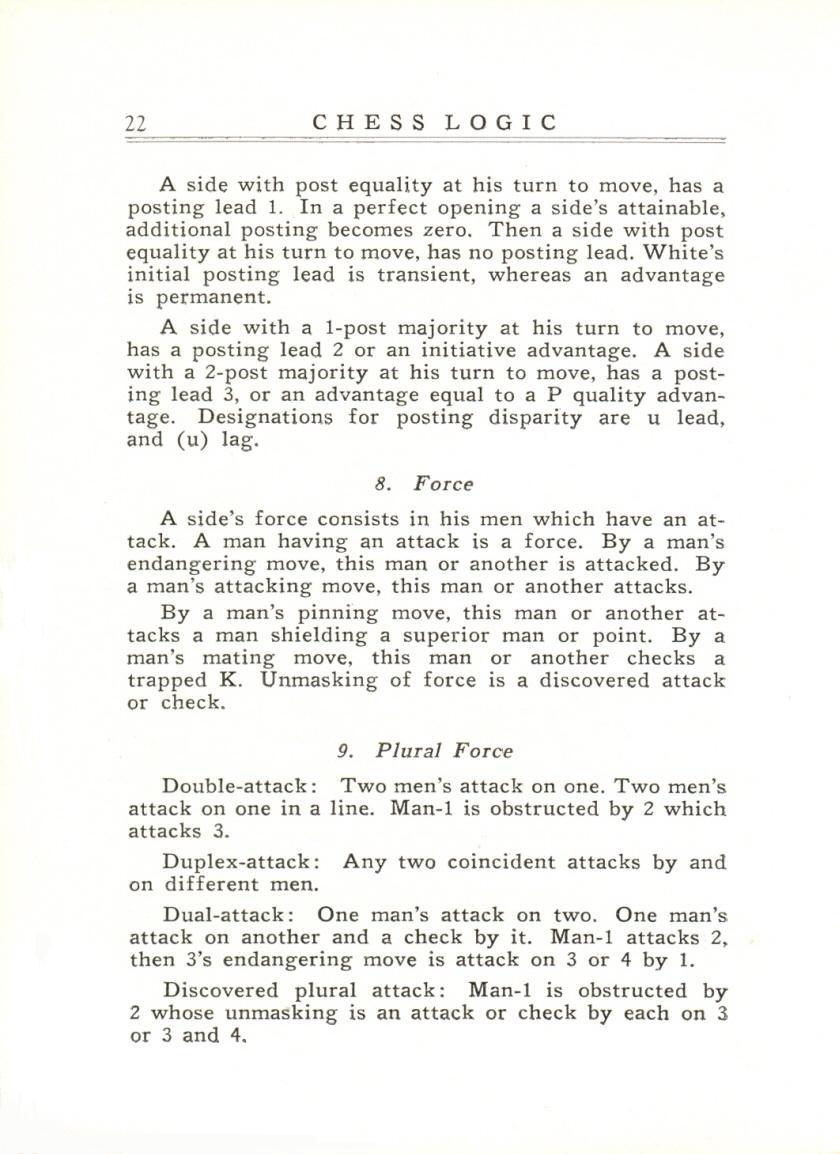
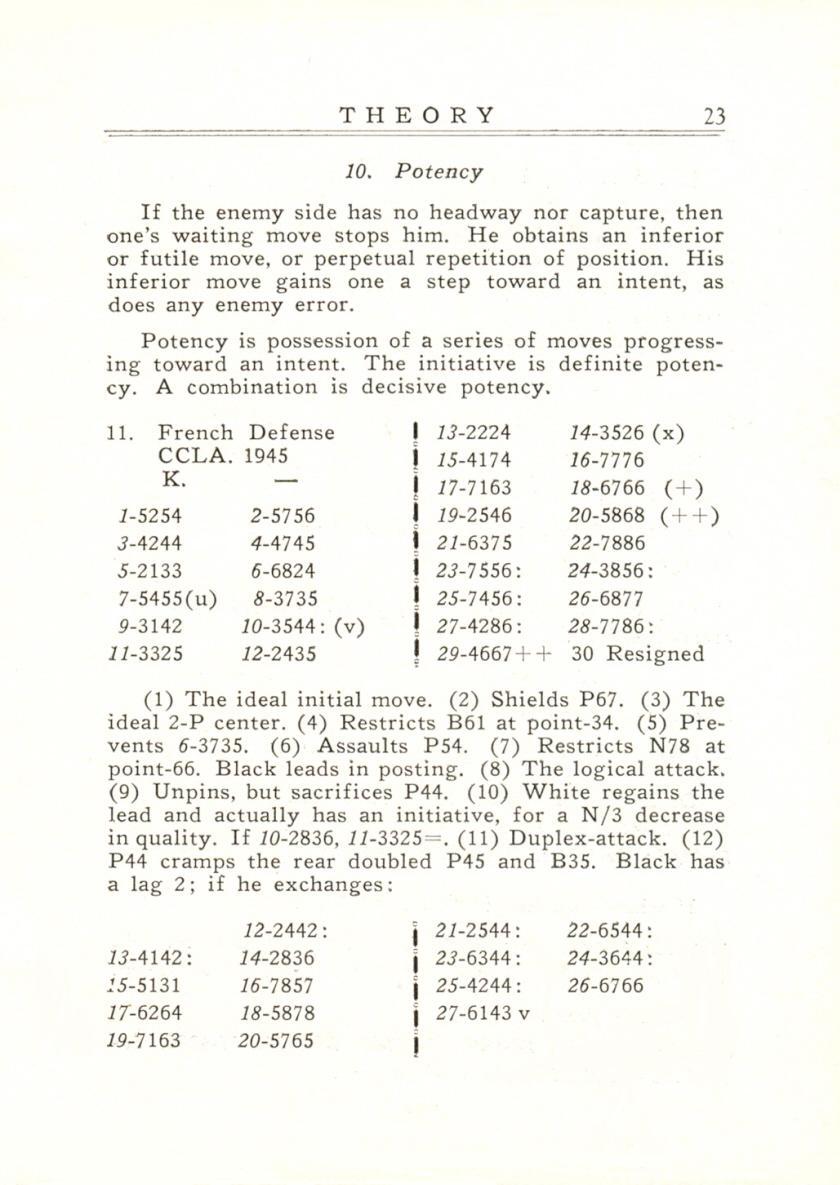
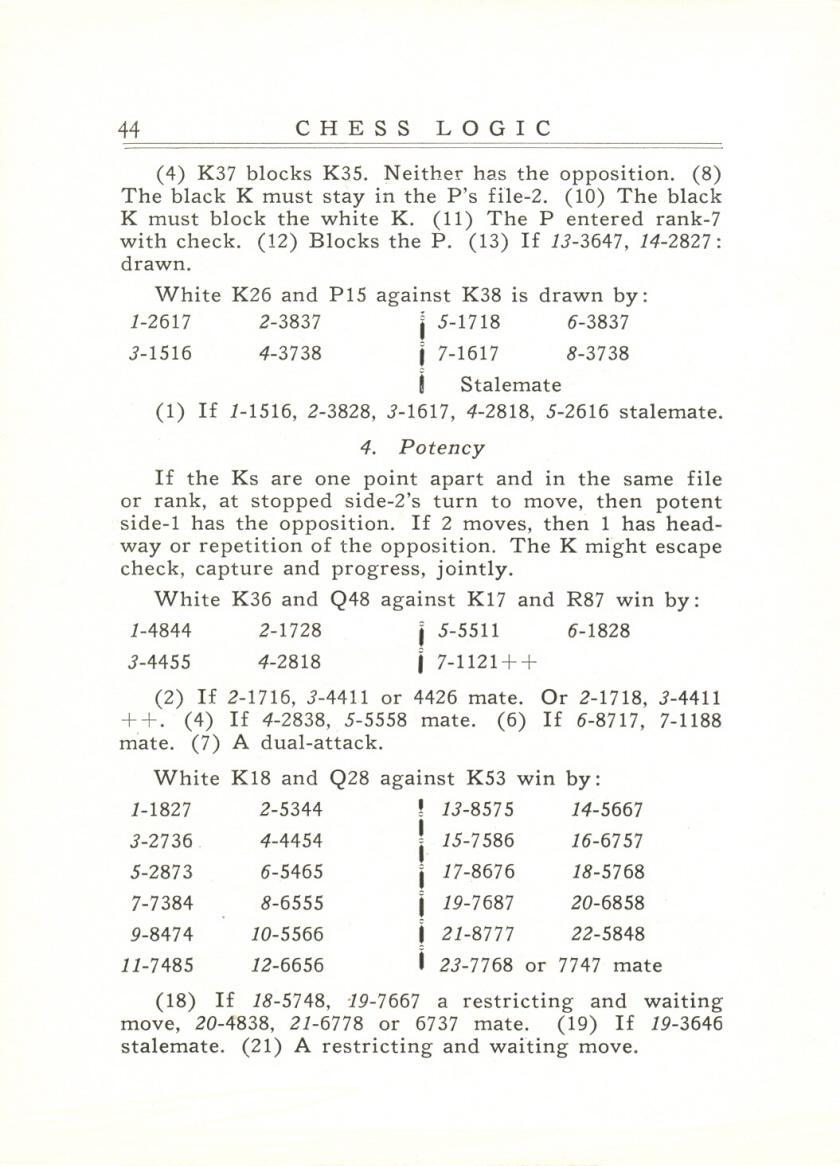
Pawn Power in Chess by Hans Kmoch (New York, 1959) gets off to an intimidating start (pages 3-4) with the following passage:
‘A pawn’s location is defined by its distance from the four rims, the sum of which forms the pawn-cross.
The horizontal beams of the pawn-cross are uneven and unalterable; we refer to them as lee and luff, calling the shorter side lee as it frequently offers better shelter to the king. A change in lee and luff by means of capture has radical consequences, for the pawn disappears and emerges as a new pawn with a different denomination. For instance, if PQN2 carries out a capture on QB3, White virtually loses his QN-pawn but gains a QB-pawn.
The vertical beams, while never even, change with every advance of the pawn but do not alter the pawn’s denomination. We call the vertical distances from the rims spans, distinguishing between frontspan and rearspan (and referring to the vertical distance between the two opposing pawns as interspan).’
Assessing the book on page 186 of the June 1959 Chess Review, Walter Shipman was indulgent:
‘There has been some criticism of the extensive new nomenclature coined by Mr Kmoch, to which he answers that giving a chess concept a name helps to pin it down and understand it. Perhaps “ram” and “lever” and “duo” will gain currency; perhaps not. The names “King’s Indian”, “Queen’s Indian” and “Nimzo-Indian” must have seemed strange at first. These names also were invented by Mr Kmoch and are today so familiar that they seem to have always existed.’
(3358)
To the Chess Notes main page.
To the Archives for other feature articles.
Copyright: Edward Winter. All rights reserved.